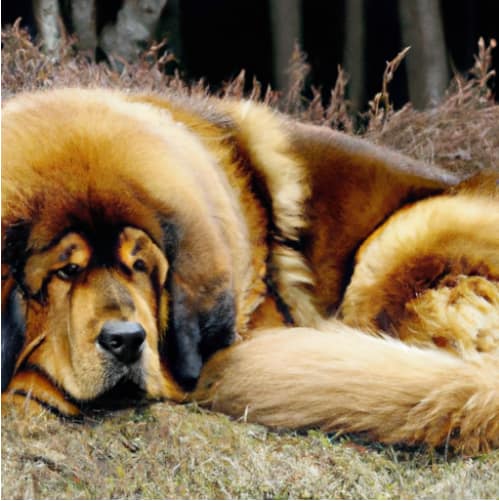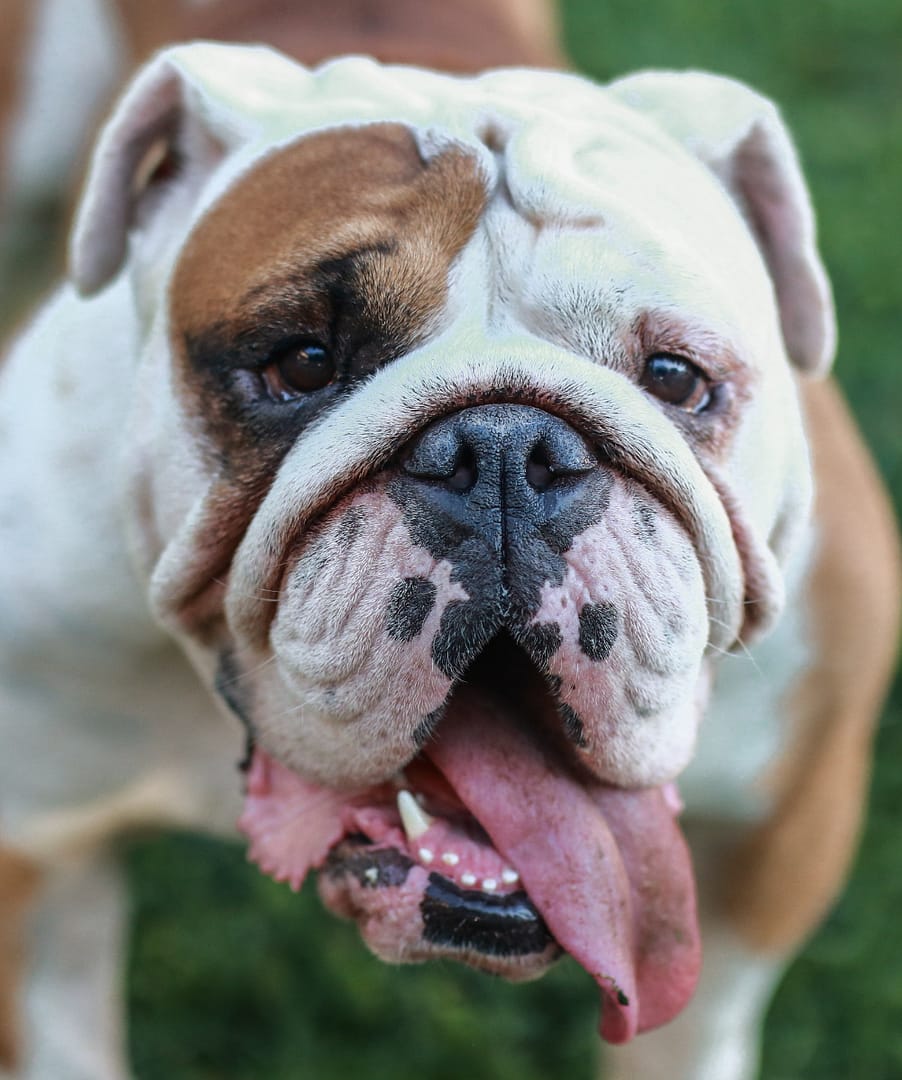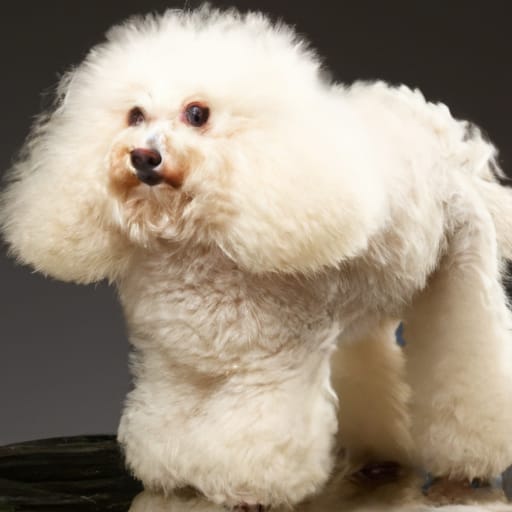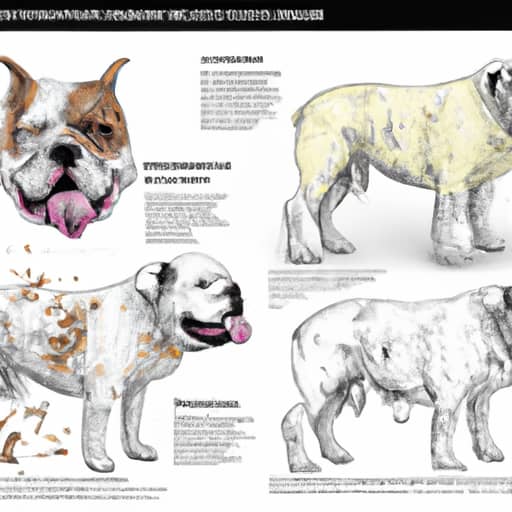West Highland White Terrier Shedding: Why Do West Highland White Terriers Shed?
Do West Highland White Terriers Shed? Do you own a West Highland White Terrier and find yourself constantly cleaning up their fur? If so, you’re not alone. West Highland White Terriers, also known as Westies, are adorable and fluffy, but they do have a tendency to shed. In this article, we will explore the reasons behind why West Highland White Terriers shed and provide you with some helpful tips on managing their shedding. So, if you’re tired of constantly finding white fur on your furniture, keep reading to discover the secrets to tackling this furry issue.
West Highland White Terrier Shedding: Why Do West Highland White Terriers Shed?
If you are a proud owner of a West Highland White Terrier, you may have noticed that your adorable furry friend sheds. Shedding is a natural process for dogs, and the West Highland White Terrier is no exception. But why do these charming little dogs shed? In this article, we will explore the shedding patterns of West Highland White Terriers, understand the factors that influence shedding, and discuss potential solutions for shedding issues.
Understanding Shedding in West Highland White Terriers
Before diving into the reasons behind shedding in West Highland White Terriers, it’s essential to understand their coat anatomy and structure. These magnificent dogs have a double-coated fur consisting of an outer layer called guard hairs and an inner layer of soft undercoat. Both layers serve specific purposes, such as protecting the dog from environmental elements and providing insulation.
Coat Anatomy and Structure of West Highland White Terriers
The West Highland White Terrier’s coat is designed to be weather-resistant and easy to maintain. The outer guard hairs are rough and wiry, providing protection against dirt, moisture, and even potential injuries. These coarse hairs also help prevent tangling and matting. The undercoat, on the other hand, is soft and dense, providing warmth and insulation during colder weather conditions.
Different Types of Hair in West Highland White Terriers
To further comprehend shedding in West Highland White Terriers, it’s essential to understand the different types of hair they have. Along with the guard hairs and undercoat, Westies also have transitional hairs, which serve as a bridge between the two dominant hair types. The transitional hairs play a role in shedding as they are responsible for the hair growth cycle.

The Role of Shedding in West Highland White Terriers
Shedding is a normal process in dogs and serves various purposes. For West Highland White Terriers, shedding plays a vital role in renewing their coat and maintaining its health. Shedding allows new hair to grow, replacing the old and damaged hairs. It is a natural way for your Westie’s coat to adapt to changing seasons and prevent matting or excessive hair loss.

Factors Affecting West Highland White Terrier Shedding
Several factors can influence the shedding patterns of West Highland White Terriers. Understanding these factors can help you better manage and control shedding in your furry companion.
Seasonal Shedding in West Highland White Terriers
Seasonal shedding is a common occurrence in many dog breeds, including Westies. As the seasons change, Westies may experience significant shedding, particularly during spring and fall. During these times, they shed their winter coat to prepare for warmer or colder weather. Regular brushing and grooming can help minimize shedding during seasonal transitions.
Indoor Environment and Shedding in West Highland White Terriers
The indoor environment also plays a role in the shedding of West Highland White Terriers. Dry indoor air, especially during winter due to heating systems, can cause the coat to become dry and prone to shedding. Ensure your Westie stays hydrated, and consider using a humidifier to maintain optimal moisture levels in your home.
Stress and Anxiety as Triggers for Shedding in West Highland White Terriers
Just like humans, dogs can experience stress and anxiety, which can contribute to excessive shedding. Common stressors for Westies may include changes in their routine, loud noises, separation anxiety, or even the addition of a new pet to the household. If you notice increased shedding during periods of stress, try to identify and address the underlying causes.
Seeking Professional Help for Shedding Issues in West Highland White Terriers
If you find that your West Highland White Terrier’s shedding is excessive, persistent, or accompanied by other concerning symptoms, it is advisable to seek professional help. A veterinarian or a professional dog groomer can evaluate your Westie’s coat and overall health to rule out any underlying medical conditions or provide specialized grooming techniques to minimize shedding.
In conclusion, shedding is a natural process for West Highland White Terriers, and understanding the factors that influence shedding can help you better manage this aspect of their grooming. Embrace regular brushing, maintain a healthy environment, and address any potential stressors to ensure your Westie’s coat remains healthy and beautiful. Remember, shedding is part of your West Highland White Terrier’s charm and should be embraced with love and care.









